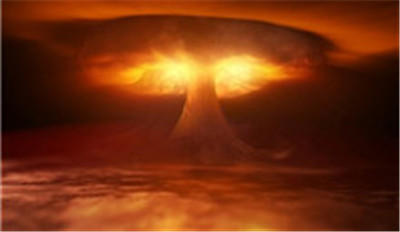sparkling(Sparkling Gems The Beauty and Value of Precious Stones)
Sparkling Gems: The Beauty and Value of Precious Stones
The History of Precious Stones
For centuries, precious stones have been treasured for their beauty and value. The ancient Greeks believed that diamonds were tears of the gods, while sapphires were believed to symbolize heaven. Egyptians believed that emeralds brought fertility, and rubies symbolized love and passion. Precious stones have also been used as tools for protection and healing, as well as for jewelry and decoration. Medieval knights believed that amethysts would protect them in battle, and many cultures believed that jade had powerful healing properties. Today, precious stones continue to be highly coveted and sought after for their beauty and value.The Science Behind Precious Stones
The formation of precious stones is a complex and fascinating process that takes place over millions of years. Most precious stones are formed deep within the earth's crust, in extreme heat and pressure. Diamonds, for example, are formed from carbon that is exposed to temperatures of over 2,200 degrees Fahrenheit and pressure of over 725,000 pounds per square inch. Over time, the carbon atoms are rearranged into the crystal lattice structure that gives diamonds their unique properties. Other precious stones, like emeralds and rubies, form in conditions of extreme heat and pressure as well, but also require specific chemical conditions to form.The characteristics that make precious stones so valuable are their rarity, beauty, and durability. Precious stones are not only visually stunning, but also incredibly strong and resistant to damage. This is why they are often used in jewelry and other decorative objects that will be handled frequently. The value of precious stones is determined by a combination of factors, including their cut, clarity, carat weight, and color.The Role of Precious Stones in our Culture









